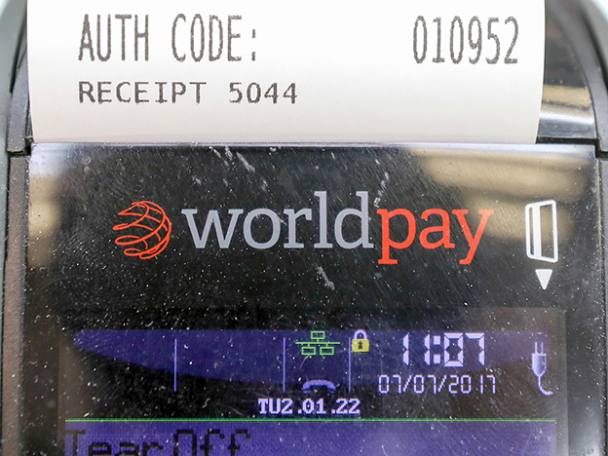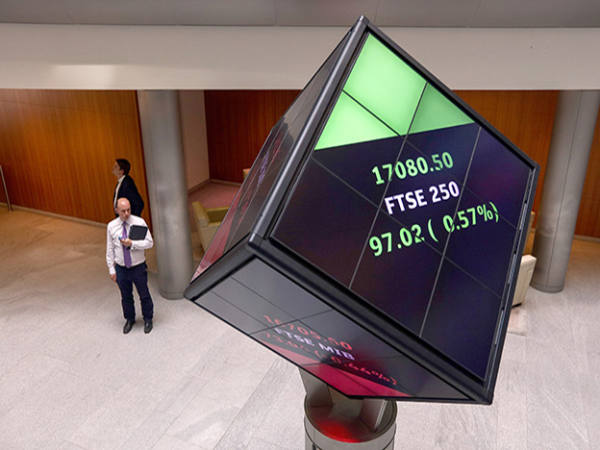Payments behemoth Worldpay (WPY) was formed in January this year, as the result of a £9.8bn merger between the top merchant acquirers in the US and the UK – Vantiv and Worldpay. The group is now listed in New York (US:WP) with a secondary, standard listing in London – allowing UK parties to buy ‘Class A’ shares.
The deal already appears to be singing for its supper in the eyes of investors. Indeed, the shares rose nearly a tenth on the news that second-quarter numbers from the newly incarnated giant beat previous guidance, prompting management to upgrade its full-year expectations.
At the time of Worldpay’s first-quarter results in May, it anticipated net revenues of between $960m (£758m) and $980m for the subsequent three months to June – with adjusted earnings per share of $0.93-$0.96. In the event, second-quarter net revenue soared 90 per cent to $1bn against Vantiv’s performance over the same period in 2017. Meanwhile, adjusted EPS rose 25 per cent to $1.04. And, for the total half year, net revenues reached $1.86bn; up 86 per cent.
However, even on a pro-forma basis – as if the two companies had combined in January last year – second-quarter net revenues would still have climbed a solid 11 per cent, while the adjusted cash profit margin would have risen 1.6 percentage points. Supporting this strong trading were $12m in cost synergies – with savings running ahead of schedule, management increased synergies targets to $50m for 2018, up from earlier guidance of $45m.
Bosses also anticipate net revenues of between $3.88bn and $3.93bn for 2018 and adjusted EPS of $3.93-$4.00. In May, the business had guided towards $3.81bn-$3.9bn, alongside $3.71-$3.81 for the full year.
So what has driven this outperformance? On a pro-forma basis, Worldpay’s technology solutions segment was the star performer, with net revenues up more than a fifth on the prior year to $402m. Here, management said results for both global e-commerce and integrated payments exceeded expectations. In fact, it has identified $300bn of addressable e-commerce volumes within its existing client base – apparently creating the potential for $100m in revenue synergies by the end of 2020.
Analysts responded positively. Barclays lifted its EPS estimates for the three years to 2020. Its 2018 forecast alone rose from $3.83 to $4.03. If bosses’ forecasts prove conservative, we reckon more upgrades could follow.
Alone, Worldpay’s performance is encouraging; but it seems more so when one considers that not all corporate marriages or takeovers begin so well, as exemplified by Micro Focus (MCRO). Indeed, although we acknowledged glimmers of hope in the company’s half-year results, this came after its market value was eroded in March on the news that the integration of Hewlett Packard’s (HPE) software arm – acquired last September – was proving challenging. In turn, bosses cut their full-year constant-currency sales guidance.
However, Worldpay holds its own risks. It would be remiss not to mention the UK’s Payments Systems Regulator (PSR) – a subsidiary of the Financial Conduct Authority (FCA). In July this year, the PSR announced a market review into the supply of card-acquiring services “following concerns that this market may not be working well for merchants, and ultimately consumers”. Specifically, these concerns relate to a lack of transparency around the fees merchants pay (to acquirers such as Worldpay) to accept card payments. It’s difficult to gauge the outcome now – the review’s final terms of reference are expected by the 2018 year-end. Barclays suspects “the industry will nudge to a cleaner pricing structure”.









